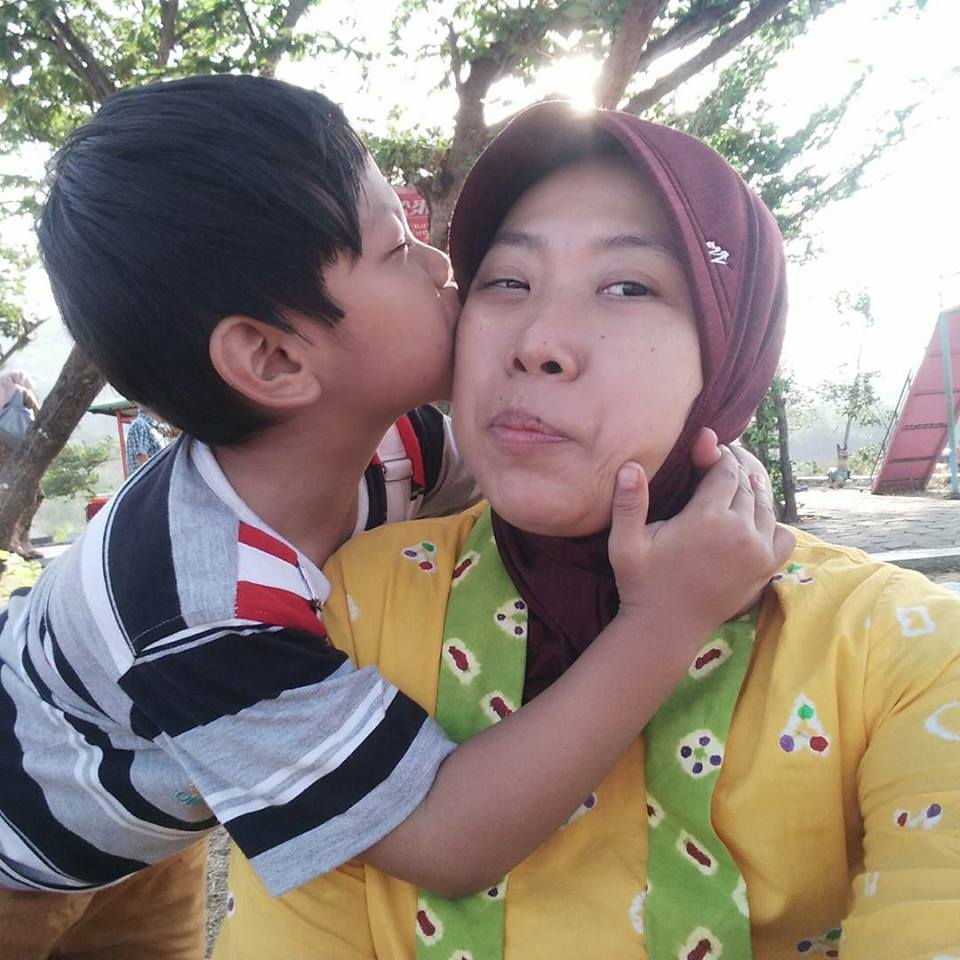Opinion
Can You Get Angry?
Published
4 years agoon
By
Mitra Wacana
By Mei Sofia (Activist Rifka Annisa)
There is a child who is never angry with their parents, and their mother and father are always patient. The child grows up in a family that should be very comfortable and able to nurture the child’s character well. But there was a problem when they first entered college; there was the ritual of orientation of study and campus introduction (ospek / orientation) where everything that had never existed in their life happened. Words of verbal abuse in harsh voices and commands in harsh voices.
After this incident the child went on college strike, and spent most of their time sitting on the porch while daydreaming. Their mother said, her daughter had disturbed mental health since the ospek (orientation). That child often looks alone when sitting down. The mother analyzed that her child was shocked to undergo a campus orientation period that was really, really unexpected.
Unfortunately, the mother never dug deeper into how the feelings and thoughts of the child were. Sadly, it turns out that this girl died at a relatively young age (45 years) in a psychological condition that is still the same. The author bears witness to how the child daydreamed every day, but the writer does not understand what really happened because she was only (7) years old.
There are several things that need to be considered by parents in caring for children as follows; First, sometimes parenting in the family is not in harmony with the cruel and unrelenting world outside, so we must prepare our children to face it. Give complete knowledge about how it is out there; our children must be strong because being a sweet child is not enough.
Second, introduce to children various emotions, one of which is the angry expressions of their parents. Introduce what is angry, disappointed, sad, even what is pretending, because the world is not as innocent as the minds of children. The goal is that children are accustomed to seeing and dealing with various types of emotions without them having to feel shocked (depressed), with a variety of different parenting treatments already received.
Third, make it a habit to help children express emotions well and discuss children’s feelings when hurt, disappointed, or sad so that what is felt is not buried and making distractions in their mind.
Fourth, according to the writer, being a parent who is never angry (as in this case) has homework on how to introduce the outside world, while parents who are often angry just waiting for when their child’s results will be more fierce than their parents (author’s experience) .
According to the opinion of the writer, parents need to change the pattern of child care by aligning with the outside world, helping children to express their emotions. Introducing children with various emotional expressions, one of which is angry. When angry, parents should say they are angry without saying harsh words, without slamming something and so forth.
If a problem occurs between parents and children, it should be ended by apologizing and continuing to discuss it. We never know the reason parents / children get angry if we don’t understand the situation. For this reason, the discussion must be held so that problems do not occur in the future.
You may like
News
Are American and Indonesian Women Really So Different?
Published
4 years agoon
7 February 2020By
Mitra Wacana
by Jacqueline Lydon – Volunteer internship Program Mitra Wacana
After growing up in the U.S., now living in Indonesia for about five months and interning at Mitra Wacana for three, I’ve been surprised at the similarities between conditions for women in the two countries.
On the surface level, women in the U.S. and Indonesia may seem like polar opposites.
When comparing the two, people tend to focus on the behaviors and appearances of women. Women are judged for how they dress, how they act, and how independent they are, for example.
Americans might judge Indonesian women for dressing conservatively, staying in the domestic sphere, and being seemingly submissive to their husbands. Meanwhile, Indonesians might judge American women for not covering their bodies, being too sexual, not focusing on domestic roles, or being too loud and demanding.
What I’ve noticed since being here is first, that these differences are less noticeable than I had thought, and second, that they seem to stem from differences in cultures and societal norms. There are different ways of understanding gender and gender roles, yet women in both America and Indonesia want safety, respect, and to have a voice.
There are many similarities between women’s behaviors and struggles in the two countries.
- 51.9% of Indonesian women are in the workforce, compared to 57.1% of U.S. women
- 17.4% of the Indonesian parliament is female, compared to 23.9% of the U.S. legislature
- The first Indonesian woman was elected president in 2001, while a woman has never yet been president in the U.S.
- The first female supreme court justice in Indonesia, Sri Widoyati Wiratmo Soekito, was inaugurated in 1968, while the first woman to join the U.S. supreme court was Sandra Day O’Connor in 1981, about 15 years later.
There are many issues – from sexual harassment to rape – that have a widespread impact on women in both countries, but it’s hard to have accurate statistics because many women do not or can not report these incidents. But based on what is reported, it’s clear that these are major issues in both countries.
- 3 out of 5 Indonesian woman and 81% of American women have experienced sexual harassment
- 15% of Indonesian women and more than 1 in 3 American women report being a victim of sexual violence
- 16% of Indonesan women and about 25% of women in the U.S. have reported being a victim of intimate partner violence (physical, sexual, or psychological violence from a partner or spouse)
With two countries in which women’s attitudes and behaviors seem so different, it’s surprising how similar women’s successes and struggles are.
Just last year, a poll in the U.S. found that only 29% of American women identify as feminists. (Feminist: someone who believes men and women should have equal rights.) In both countries, there are both feminist movements and anti-feminist movements (In the U.S., “meninism”; in Indonesia, “Indonesia tanpa feminisme”). In both, women’s voices are suppressed; women who advocate for themselves are often seen as too demanding, and their problems are ignored.
Why is there so much judgement for women’s choices in both countries?
Part of this is based on stereotypes, which are continually built up about women who act differently. Women in each country are taught that their culture’s roles, behaviors, and values are the better choice, and if only they stick to that, they will avoid the problems faced by women in different cultures. For example, women in the U.S. are taught that being more assertive will help them achieve more political representation, and women in Indonesia are taught that behaving modestly will help them avoid sexual violence or harassment. Yet the similarities in statistics prove that it is not the behaviors of women that cause these problems, and neither culture’s prescriptions for women will solve the issues.
Of course, there is not one simple answer for these systemic issues. But, the main culprit of sexism around the globe is the patriarchy – the system that has been constructed to empower men and subjugate women. It is this system that has created this notion of victim blaming – to judge and blame women for their own oppression instead of the overarching system.
Instead of looking at the choices of women or judging them, we should look at the system of patriarchy that is prevalent in both countries.
I think we need to stop focusing on the behavior of women and instead focus on the way that society judges and oppresses all women, and then build solidarity to break down those systems. The ideal of how a woman should be and should act may be different in both cultures, but it is universal that women should be free from violence and treated with dignity and respect.
Editor: Arif Sugeng W













